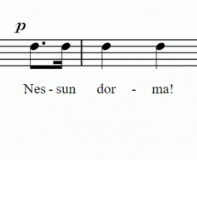Made A Diagram Of The House Wiring.
-
Recently Browsing 0 members
- No registered users viewing this page.
-
Topics
-
-
Popular Contributors
-
-
Latest posts...
-
62
Tourism Thailand Delays Tourist Entry Fee Amid Travel Concerns
Shock Horror! Thailand isn't going to put the price UP for once when they have less customers! -
16
Russian soldiers poisened by bottled water sabotage op
Until they lose the war, which they are now losing, and surrender. After which time the war crime trials begin. To the winner goes the spoils. -
53
Economy Thailand's Digital Baht Plan Targets Big-Spending Tourists
Does this mean that tourists, who are not allowed to open a Thai bank account, will be given the opportunity to "create accounts with licensed digital operators under strict regulation from the SEC..."? I have a feeling that by the time the "Adherence to stringent anti-money laundering checks via Know Your Customer (KYC) protocols" is completed, the tourist's three-week holiday will already be over. -
5
Is Tax my Responsibility, can my UK company ask to pay UK tax?
Do you have an employment contract with the UK company? Are you totally freelance? Could you not simply invoice the UK "employer" for your services? I -
2
Trump Fires Maurene Comey, Epstein's Prosecutor
NEW HIT SONG - Releasing the Files (Trump's Epstein Files Saga) Lean back and enjoy -
96
The face of Dem lunatics …
Initially it was 10 , its grown , 15 now! Here’s what lunatics look like! To kill strangers by using a pre meditated attack of luring them out in the open ,is lunacy!
-
-
Popular in The Pub





.thumb.jpeg.d2d19a66404642fd9ff62d6262fd153e.jpeg)









Recommended Posts
Create an account or sign in to comment
You need to be a member in order to leave a comment
Create an account
Sign up for a new account in our community. It's easy!
Register a new accountSign in
Already have an account? Sign in here.
Sign In Now